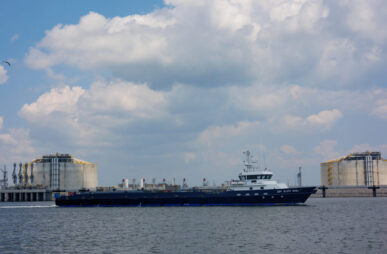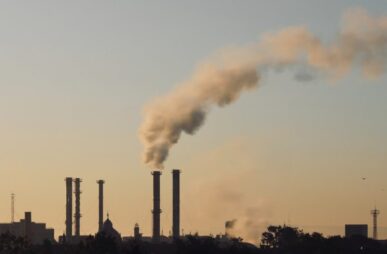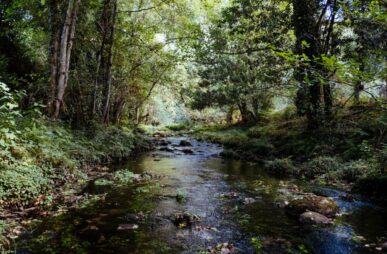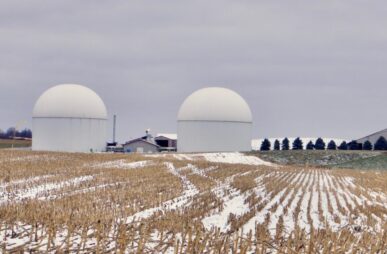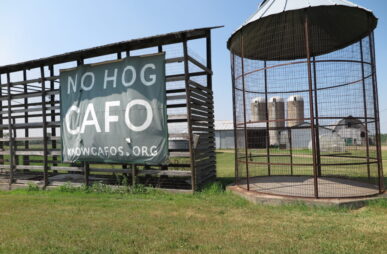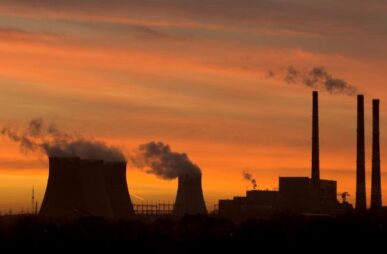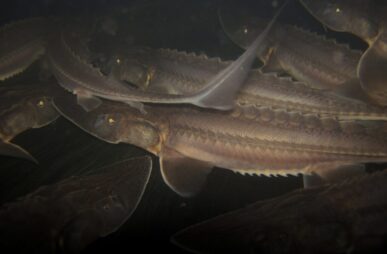Doctors raise alarm on dropping global fertility rate, environmental pollutants cited
By Shannon Kelleher
Health researchers from around the world are sounding an alarm on a persistent drop in fertility rates, pointing to environmental pollutants among a wide range of factors that they argue need to be urgently addressed in a paper published Wednesday.

